|
“What the flamingo teaches a child... is that gravity is not just a limitation, but also a possible partner in an intriguing, potentially joyful game.” – John Burnside It’s summertime. A time to splish and splash and balance like our friends the flamingos. Flamingos as spirit animals relate to personalities who are flamboyant, fun, very expressive, and surrounded by like-minded people. Diversity/ Integrity Flamingo is a term used for six similar species of birds that have a wide geographical range. They frolic in tropical and subtropical regions on every continent except Australia and Antarctica. This diversity, combined with their flock being called a flamboyance (from a couple dozen to hundreds or even millions), is one reason why the LGBT community displays the flamingo as a symbol, especially during their annual summer Pride festivals. They aim to create a world free of prejudice and bias while forming diverse communities of people who share the same values of respect and integrity. In the context of Christianity and Judaism, they can also symbolize the ability to filter out lies and the need to speak only the truth from filtering the muddy water to find their crustacean food. Romance In Aztec traditions, flamingos were symbols of love and passion, as well as healing due to their elaborate courtship rituals, romantic appearance, and parental dedication. They form intense pair bonds and rear their young together (building a nest together and taking turns to sit on their egg that incubates for a month). Word Origins An accurate cave painting of a flamingo, found in the south of Spain, dates back to 5,000 B.C. And, flamingos were significant in Egyptian mythology as a creature associated with the sun god, Ra. In Spanish, “flamenco” is connected to two things: a bird and an artistic expression of culture. The movements made during the dance are associated to those made by the elegant bird. The word 'flamingo' comes from the Latin word for 'fire' signifying their bright pink feathers. These brilliant feathers turn from greyish white at birth to magenta after years of eating beta-carotene found in the crustaceans (lobsters, shrimps and plankton). Breath of Fire In yoga, we practice Breath of Fire. Breath of Fire is a rhythmic breath with equal emphasis on the inhale and exhale, no deeper than sniffing. It’s done by pumping the naval point towards the spine on the exhale and releasing the naval out on the inhale. It’s practiced through the nostrils with mouth and eyes closes. It generates heat and releases natural energy throughout the body, improving the digestive system, while strengthening and balancing the nervous system. Balance Flamingos often only stand on one of their long legs. They balance in this way with effortless grace, and can even sleep in this position. In the asana practice of yoga, we perform a variety of postures in which we stand only on one leg, imitating the flamingo. 5 Benefits of Balancing on One Leg:
How to Balance on One Leg Like a Flamingo (Variation of One-legged Mountain Pose, Tree, Dancer, Warrior 3)
Transition to Tree Pose
Dancer
Warrior 3
Lets cultivate Flamingo energy this week:
Vibrant, Outgoing, Balanced, and Full of Integrity!
0 Comments
Your comment will be posted after it is approved.
Leave a Reply. |
Hannah Faulkner
|
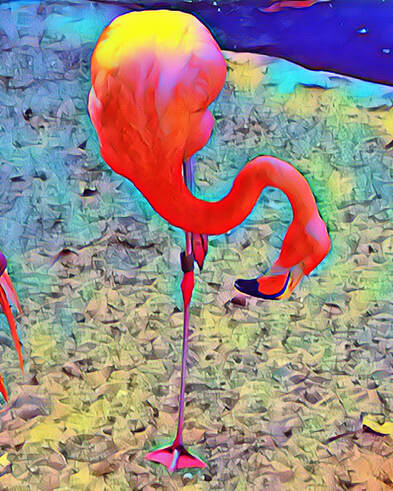
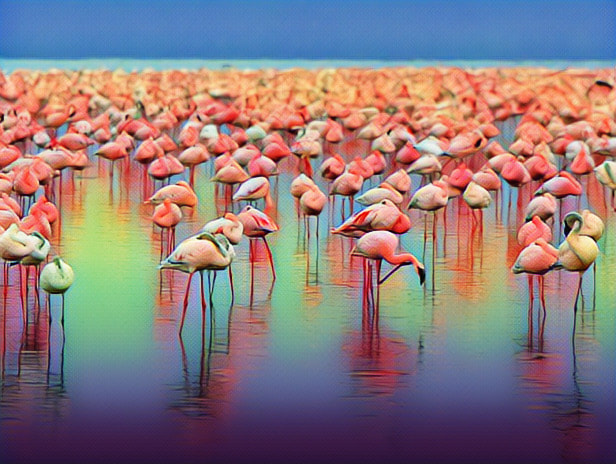
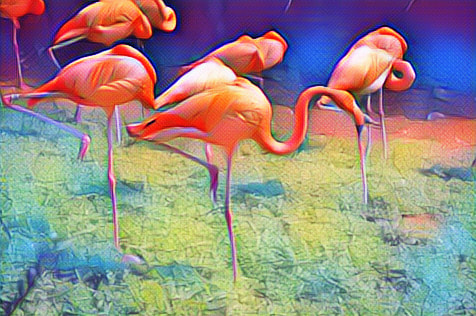
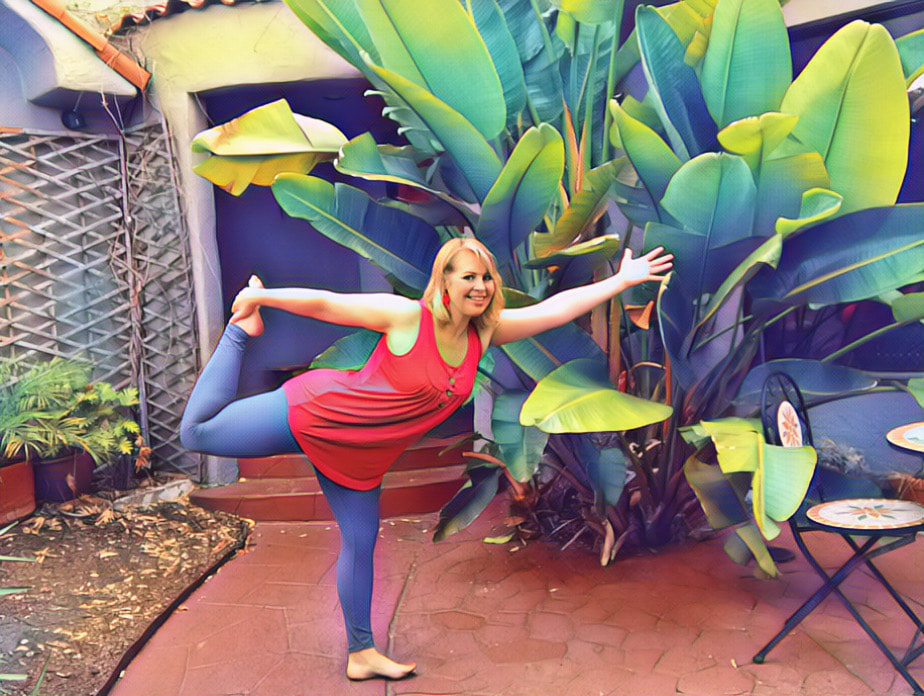
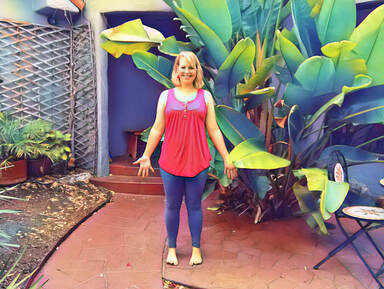
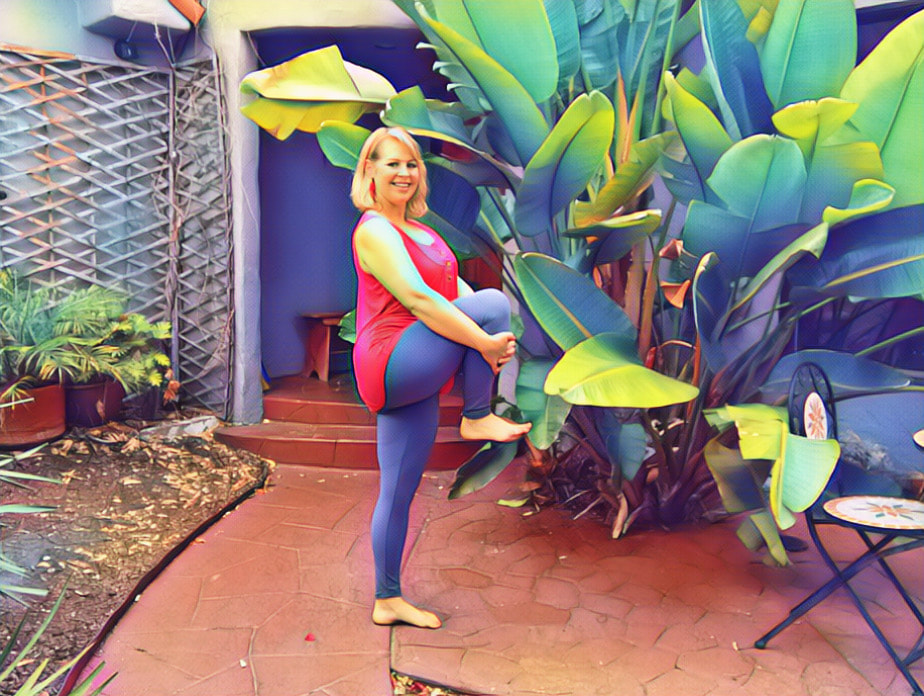



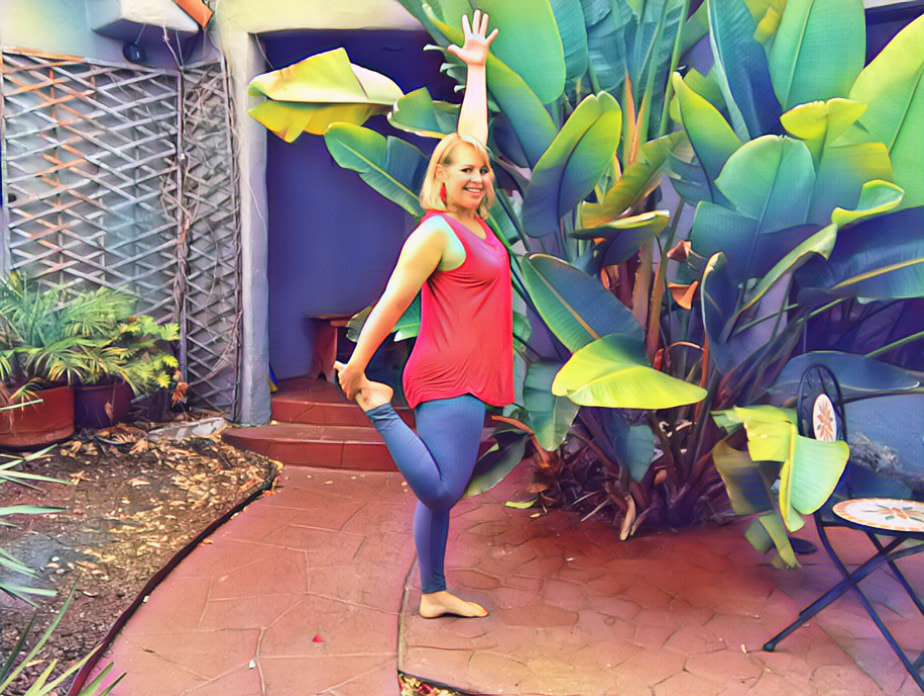
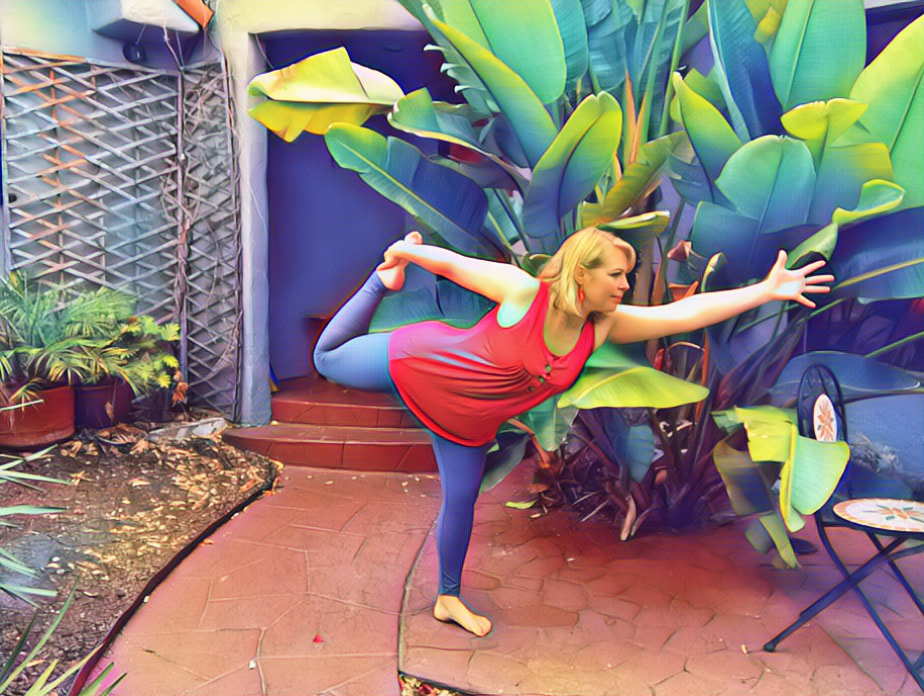
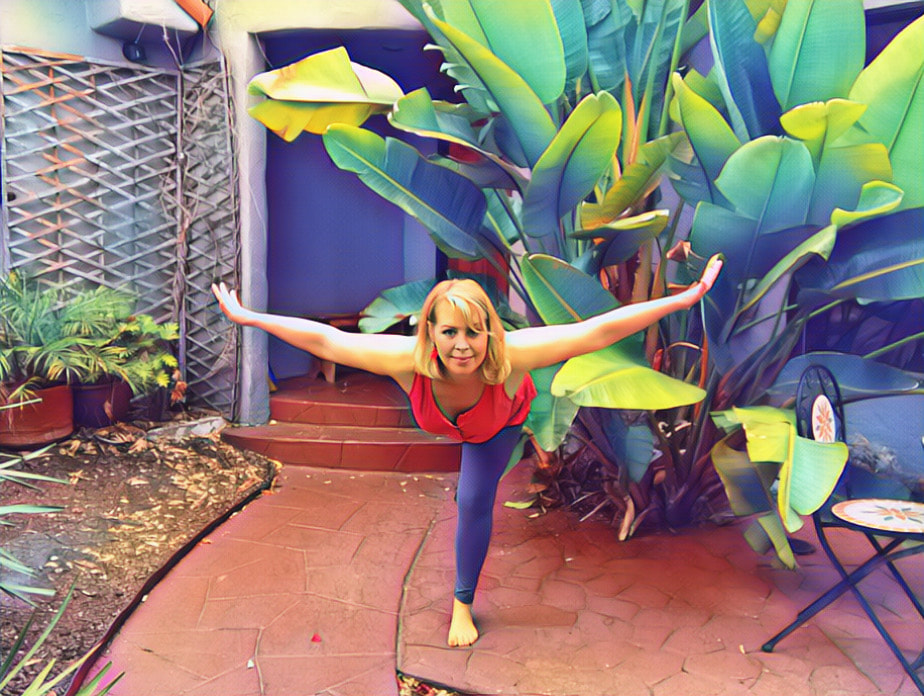
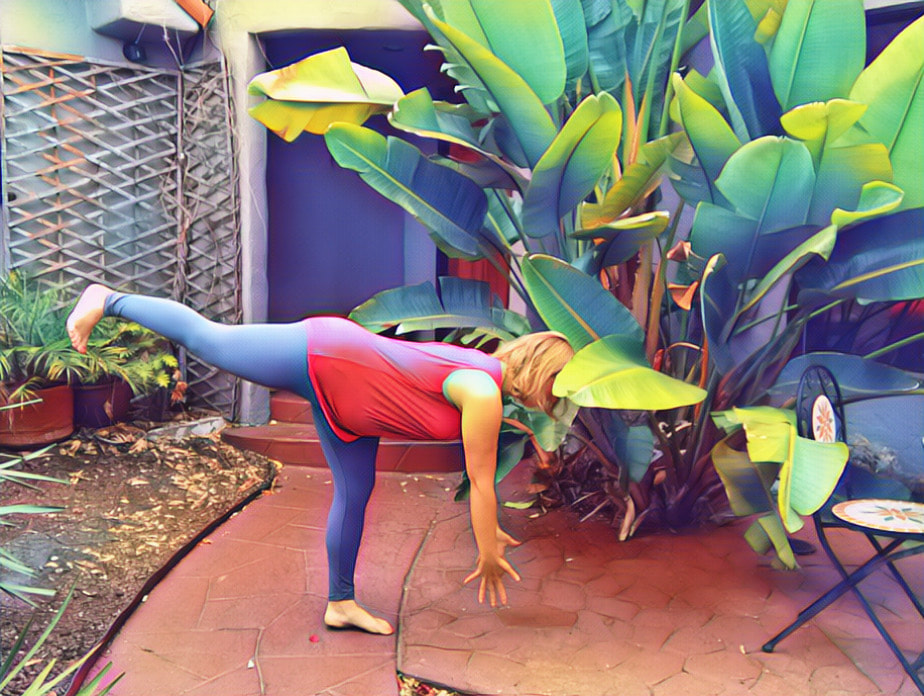









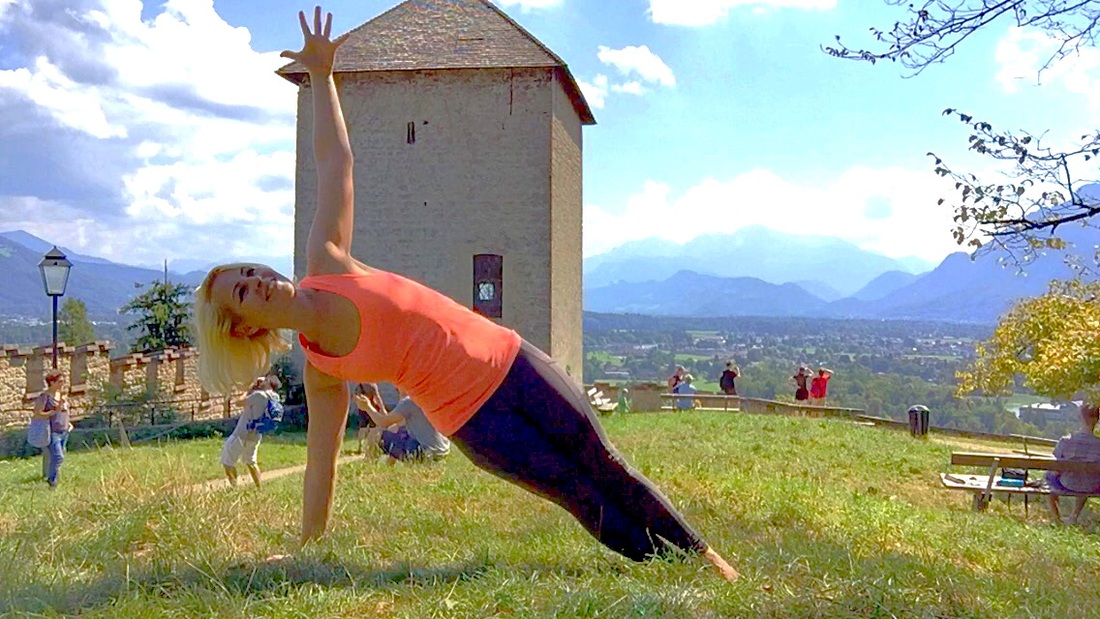
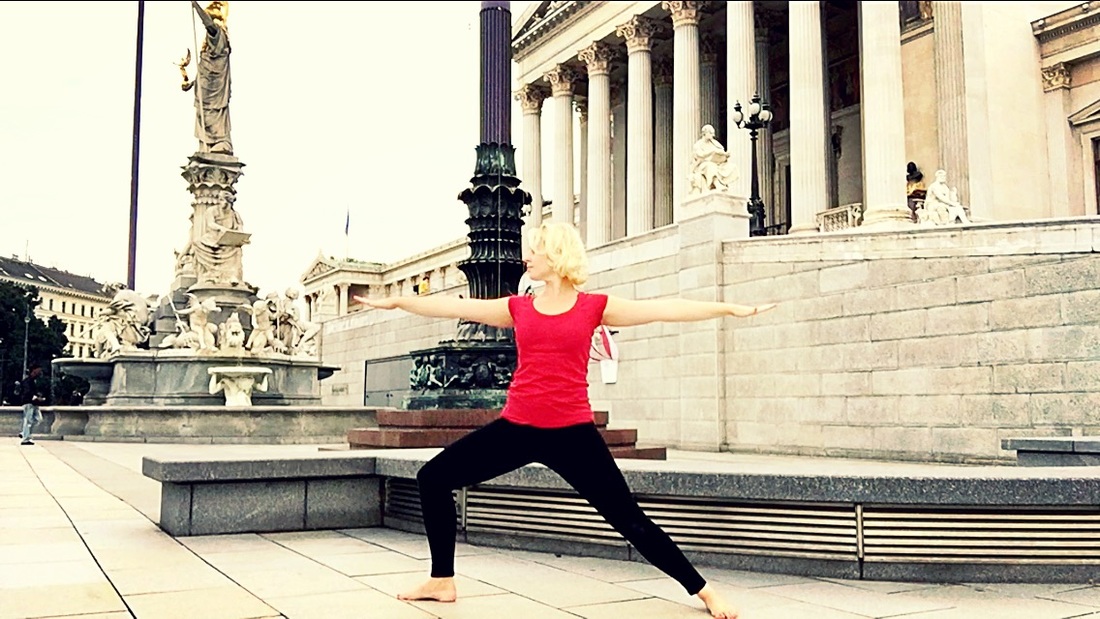

 RSS Feed
RSS Feed